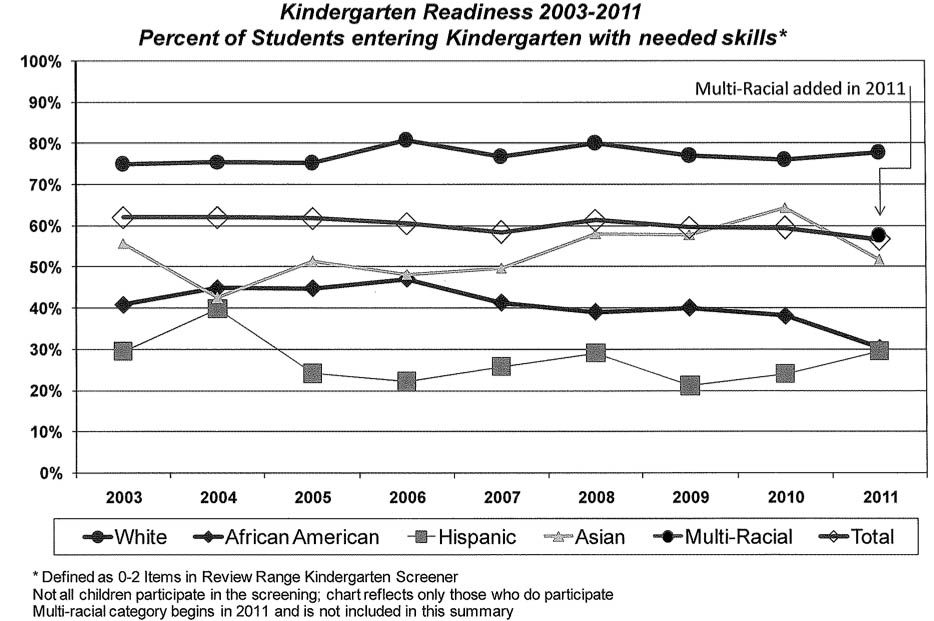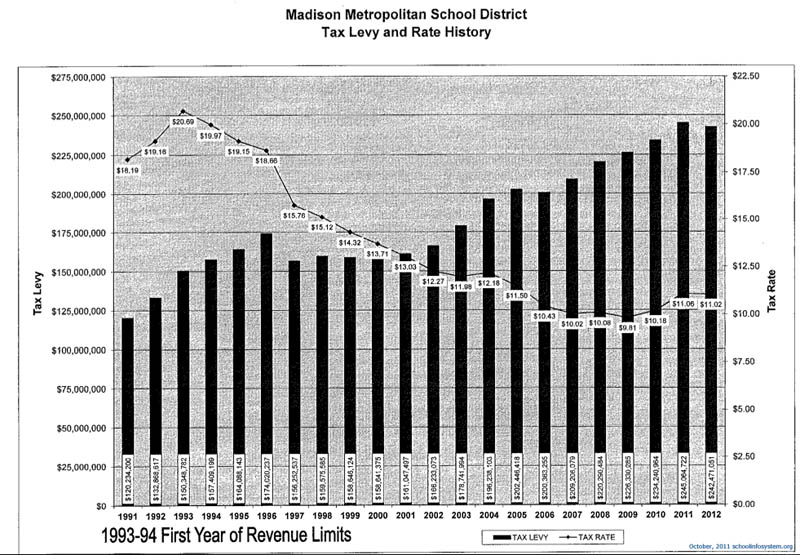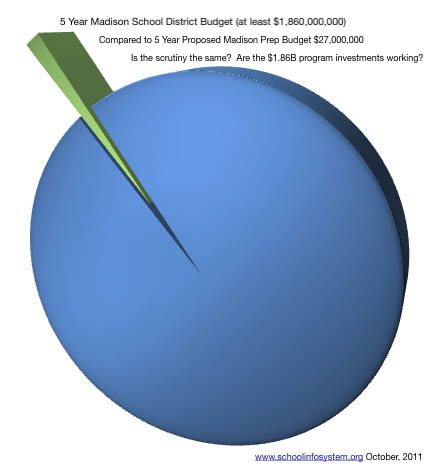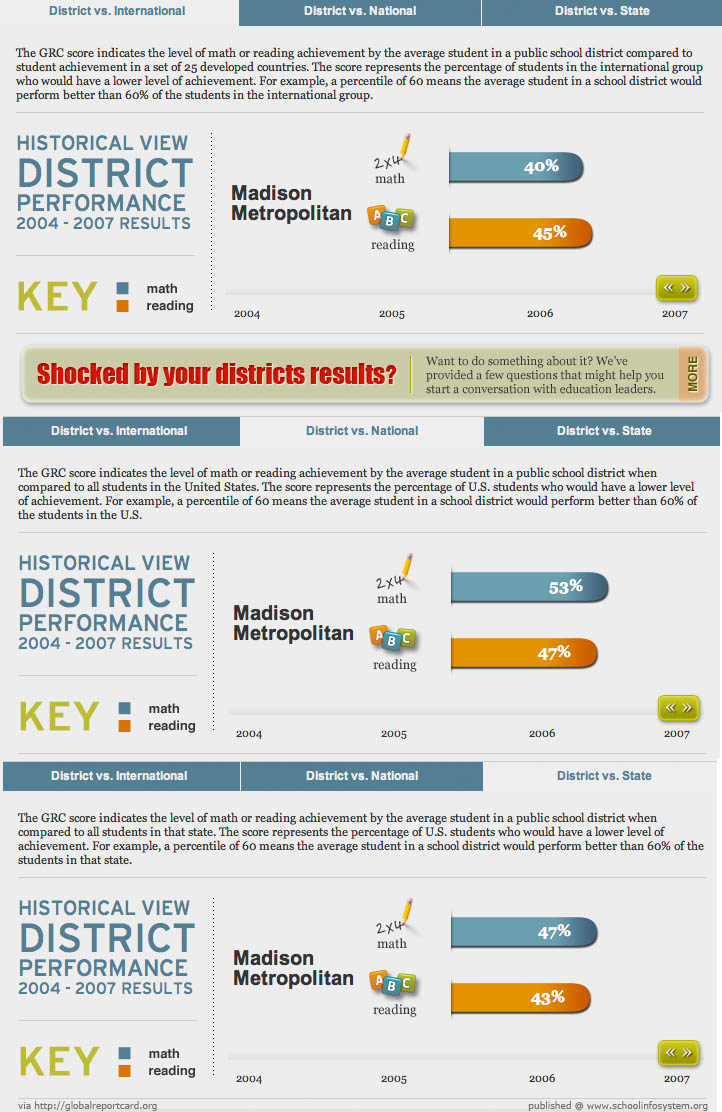Julian R. Betts and Y. Emily Tang via a kind Deb Britt email:
Charter schools are largely viewed as a major innovation in the public school landscape, as they receive more independence from state laws and regulations than do traditional public schools, and are therefore more able to experiment with alternative curricula, pedagogical methods, and different ways of hiring and training teachers. Unlike traditional public schools, charters may be shut down by their authorizers for poor performance. But how is charter school performance measured? What are the effects of charter schools on student achievement?
Assessing literature that uses either experimental (lottery) or student-level growth- based methods, this analysis infers the causal impact of attending a charter school on student performance.
Focusing on math and reading scores, the authors find compelling evidence that charters under-perform traditional public schools in some locations, grades, and subjects, and out-perform traditional public schools in other locations, grades, and subjects. However, important exceptions include elementary school reading and middle school math and reading, where evidence suggests no negative effects of charter schools and, in some cases, evidence of positive effects. Meta-analytic methods are used to obtain overall estimates on the effect of charter schools on reading and math achievement. The authors find an overall effect size for elementary school reading and math of 0.02 and 0.05, respectively, and for middle school math of 0.055. Effects are not statistically meaningful for middle school reading and for high school math and reading. Studies that focus on urban areas tend to find larger effects than do studies that examine wider areas. Studies of KIPP charter middle schools suggest positive effects of 0.096 and 0.223 for reading and math respectively. New York City and Boston charter schools also appeared to deliver achievement gains larger than charter schools in most other locations. A lack of rigorous studies in many parts of the nation limits the ability to extrapolate.




